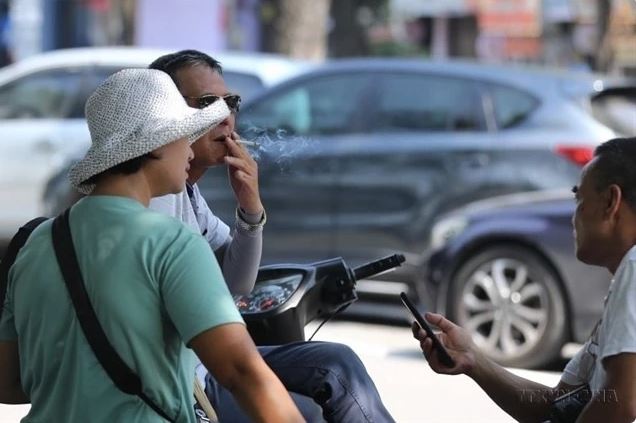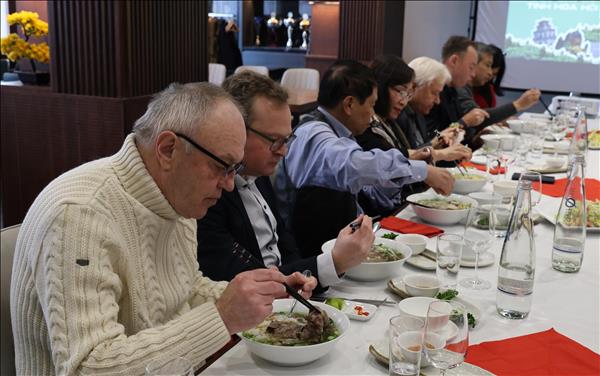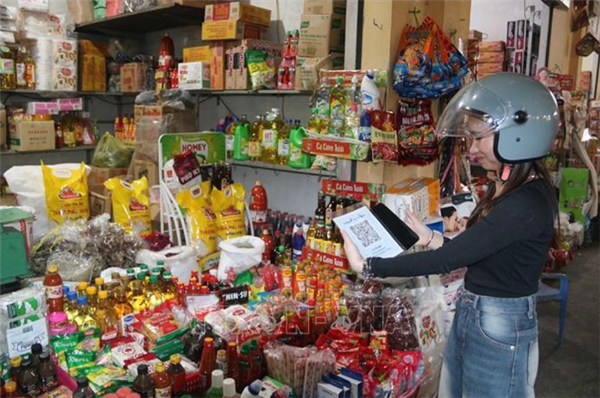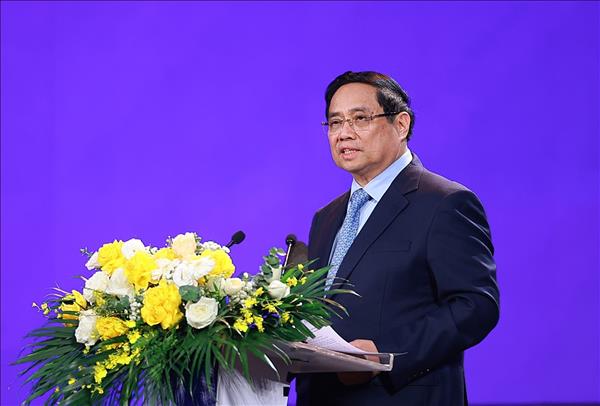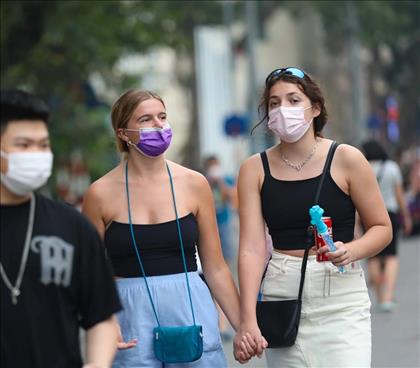Speaking at a tobacco harm prevention workshop held in Hanoi last week, she said from 2008 to 2019, Vietnam raised the special consumption tax on tobacco three times. However, these increases were too small and too far apart to significantly impact consumer behaviour.
She said tobacco use remains one of the leading causes of disease and premature death.
Tobacco smoke contains 7,000 chemicals, 69 of which are known carcinogens and contribute to 25 different diseases, including cancer, cardiovascular, respiratory and reproductive health conditions.
According to 2021 data from the World Health Organization (WHO), tobacco use in Vietnam causes approximately 85,500 deaths each year, with an additional 18,800 deaths attributed to secondhand smoke exposure, totaling around 104,300 tobacco-related deaths annually.
Since 2019, Vietnam has applied a 75% special consumption tax on tobacco products based on factory price.
For instance, a pack of cigarettes retailing for 10,000 VND has a factory price of only about 3,900 VND.
A 5% tax increase results in just a 300 VND or 3% rise in retail price - less than the inflation rate (4%) and average income growth (5%), she said, concluding that it has little to no effect on smoking behavior.
Currently, the total tax share in the retail price of cigarettes in Vietnam is only 36%, far below the WHO’s recommended 70–75% and also lower than regional peers such as Thailand (78.6%), the Philippines (71.3%) and Singapore (67.5%).
“Vietnam's cigarette prices remain among the lowest globally, making them easily accessible, especially to low-income groups and youth,” she said.
This presents a major obstacle to tobacco control efforts. WHO estimates that a 10% increase in cigarette prices could reduce consumption by 4–5%, and by up to 10% among young people, who are more price-sensitive.
A 2023 survey by the Hanoi University of Public Health in collaboration with HealthBridge Canada revealed that in Hanoi and HCM City, there are still about 40 cigarette brands priced below 10,000 VND per pack, some as low as 7,000–8,000 VND.
At such prices, cigarettes are easily accessible even to children and first-time users, and existing smokers have little incentive to quit.
From 2010 to 2022, Vietnam’s per capita income increased by 203%, while cigarette prices rose only 56%. This disparity has made tobacco increasingly more affordable, encouraging consumption, she said.
Hai emphasised that to effectively reduce tobacco consumption, Vietnam must reform its tobacco tax policy by implementing a steady tax increase over time. This would ensure that cigarette prices keep pace with income growth and gradually approach the optimal tax level of 75% of the retail price, in line with WHO recommendations.
She proposed introducing an absolute tax of at least 5,000 VND per pack by 2026, increasing to 15,000 VND per pack by 2030. The roadmap would help reduce the adult smoking rate to below 36% for men and below 1% for women, consistent with the targets of the National Tobacco Control Strategy by 2030./.

